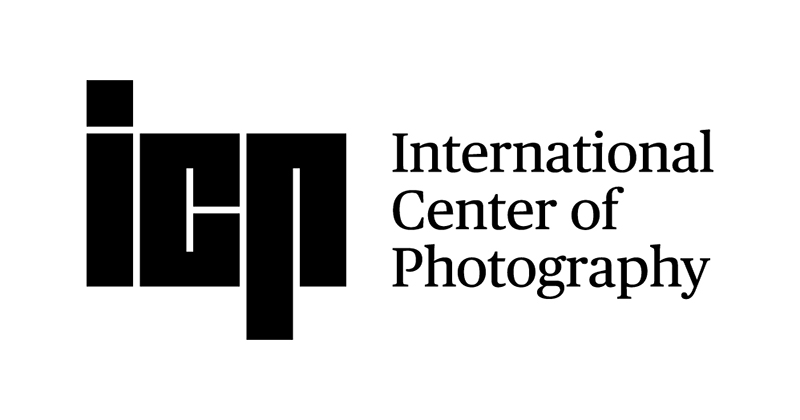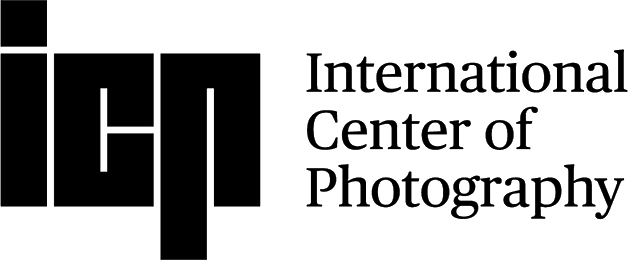
Harold Edgerton was trained as an electrical engineer at the Massachusetts Institute of Technology, where he later joined the faculty. Between 1933 and 1966, he applied for 45 patents for various strobe and electrical devices. Edgerton revolutionized photography, science, military surveillance, Hollywood filmmaking, and the media through his invention of the strobe light. (He obtained a patent for the stroboscope—a high-powered repeatable flash device—in 1949.) The photographs that resulted from his scientific experiments were championed in the 1930s as representative of the New Objectivity, the American counterpart to the German Neue Sachlichkeit. Edgerton's photography of split-second motion may be seen as an expansion beyond the 19th century locomotion studies of by Eadweard Muybridge and Étienne-Jules Marey.
His books include Flash! Seeing the Unseen by Ultra High-Speed Photography (1939), Electronic Flash, Strobe (1969), Moments of Vision: The Stroboscopic Revolution in Photography (1979), and Sonar Images (1986). His photographs were exhibited for the first time in 1933, at the Royal Photographic Society in London, and Beaumont Newhall included his work in the first exhibition of photography at the Museum of Modern Art in 1937. Edgerton was awarded the U.S. National Medal of Science in 1973.


